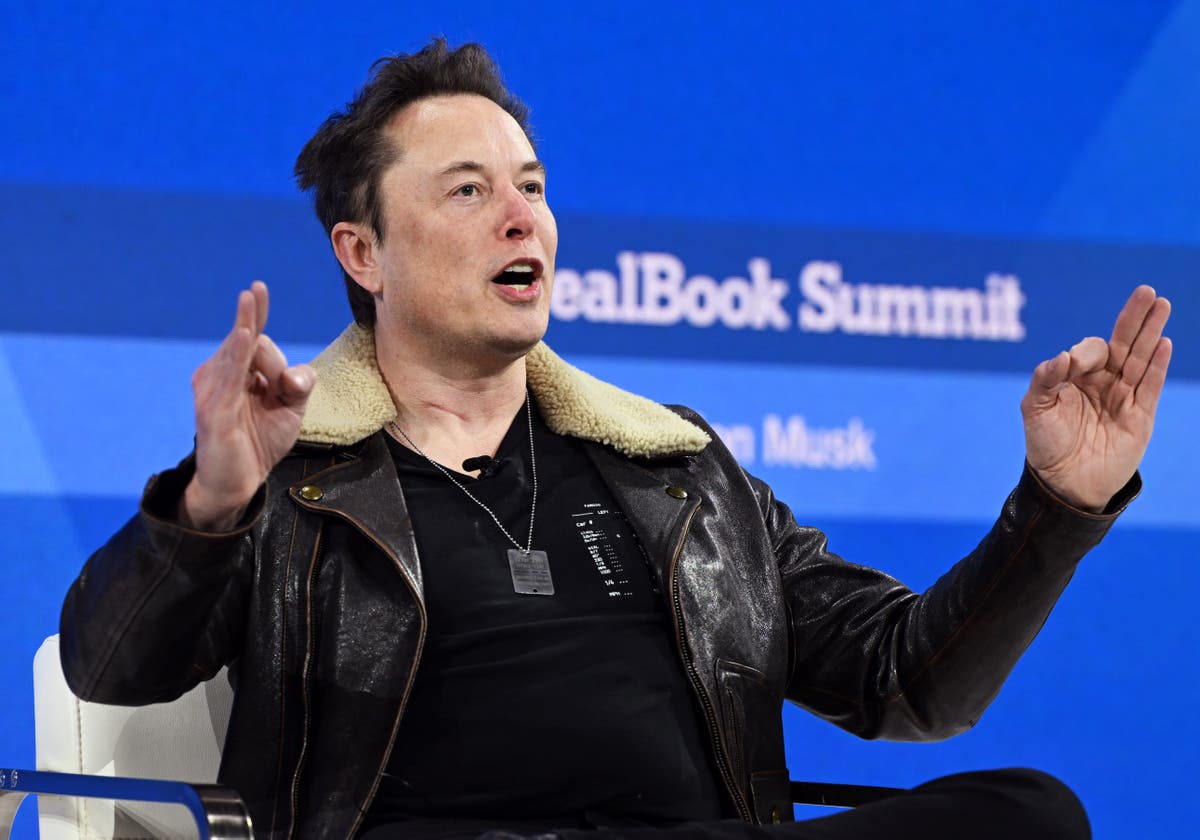Stay ahead of the marketing curve with our weekly roundup of the latest industry news!
We delve into the dynamic world of marketing, bringing you insights and updates on the most significant developments from the past week.
This week’s round-up:
- AI-assisted copywriting more effective than humans alone
- LinkedIn shares insights into public group posts distribution
- Google pauses AI image generation following criticism
- Advertisers hesitant to return to X after Elon Musk's rant
- How Super Bowl advertisements have evolved over time
AI-assisted copywriting more effective than humans alone

As newsrooms and websites continue to incorporate AI into their content creation processes, concerns about job displacement among writers have been raised. However, a recent study conducted by AI firm Pencil suggests that a collaborative approach, combining AI with human editing, can actually lead to better results. In fact, the study found that content generated through this combination achieved a 26% higher click-through rate compared to entirely human-written content.
The study was carried out as an A/B test using Facebook ad copy for a beauty client. Four variations were explored: entirely AI-generated content, human-written content based on AI suggestions, AI-generated copy lightly edited by humans, and entirely human-generated copy.
The study also highlighted the potential of embracing AI as a tool for writers, allowing them to understand its capabilities and limitations. This fosters a collaborative relationship that ultimately enhances effectiveness in content creation.
LinkedIn shares insights into public group posts distribution
LinkedIn is actively exploring the possibility of reviving its groups by introducing public groups. This new feature allows both members and non-members to view the content within these groups. In the past, users could only create "listed" or "unlisted" groups, with listed ones visible in searches but requiring membership to view content.
Since LinkedIn made the shift towards public groups, there has been a significant increase in daily contributors by 35% and a more than 10% incremental rise in group joins. Moreover, public group posts are now eligible for distribution in member timelines and expanded networks, which has the potential to enhance engagement within LinkedIn groups.
The primary goal behind this shift towards public groups is to make valuable conversations more accessible and foster stronger community engagement. While LinkedIn groups have faced challenges with spammers in the past, the new approach restricts commenting on public group posts to group members only.
Google pauses AI image generation following criticism

Google has temporarily stopped the image generation feature of its AI system, Gemini, because it was not accurately representing different ethnicities and genders. Gemini creates realistic images based on user descriptions, but it was overemphasizing women and people of color, which caused historical inaccuracies.
Google plans to improve the accuracy before continuing with generating images. This incident highlights the challenges of addressing errors and biases in generative AI models to achieve more precise and diverse outcomes. Similar issues have been encountered with other advanced AI models developed by companies like OpenAI and Meta.
Advertisers hesitant to return to X after Elon Musk's rant
Advertisers are hesitant to advertise on X (formerly Twitter) due to Elon Musk's controversial statements. Major companies initially withdrew their marketing after accusations of antisemitism. Musk later apologized but further aggravated the situation by lashing out at advertisers.
Marketing agencies report that brands are reluctant to resume advertising on X due to reputation concerns. Experts question Musk's reliability as a business partner and believe advertisers won't support X due to reputational risks.
The controversy caused significant revenue loss for the platform, and Musk's use of explicit language intensified the standoff. X Chief appeals for advertisers' return while emphasizing commitment to free speech.
How Super Bowl advertisements have evolved over time
The Super Bowl, known for its massive viewership of over 110 million people, has long been considered the pinnacle of advertising opportunities. However, critics argue that the creativity of its ads is declining due to rising costs and increased scrutiny on social media. Advertisers are playing it safe rather than taking risks.
Richard Brim, chief creative officer of adam&eveDDB, explains that brands often start with bold approaches but retreat at the last minute out of fear. In the post-Covid era, brands lean towards comfort and distraction, resulting in star-studded ads with a harmless tone. Gabriel Miller, president of the Americas at Landor & Fitch, acknowledges this shift towards safer ads.
The element of surprise in Super Bowl ads has diminished as more ads are released in advance. Additionally, there is now a focus on developing broader communication plans rather than individual showstopping ads.









